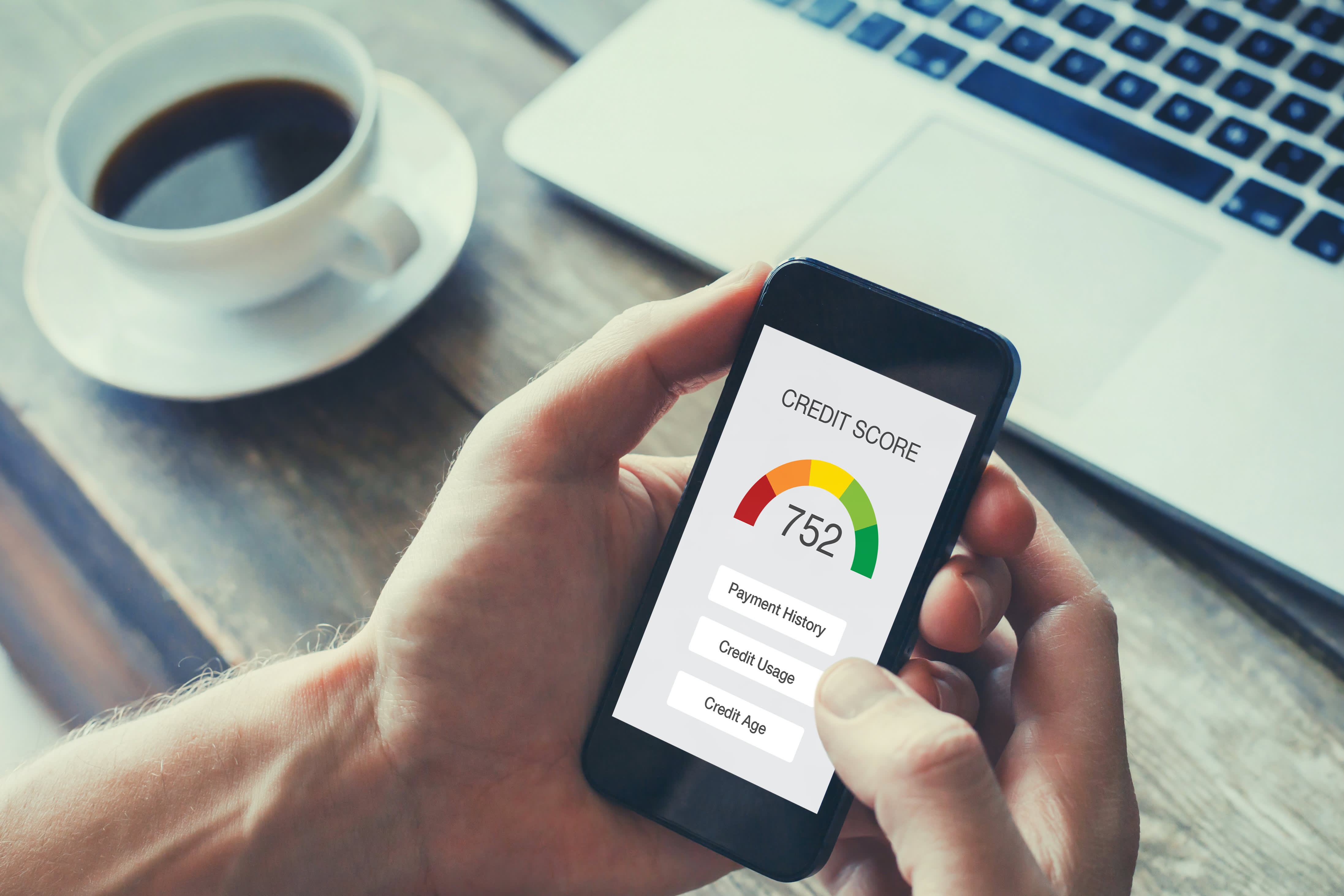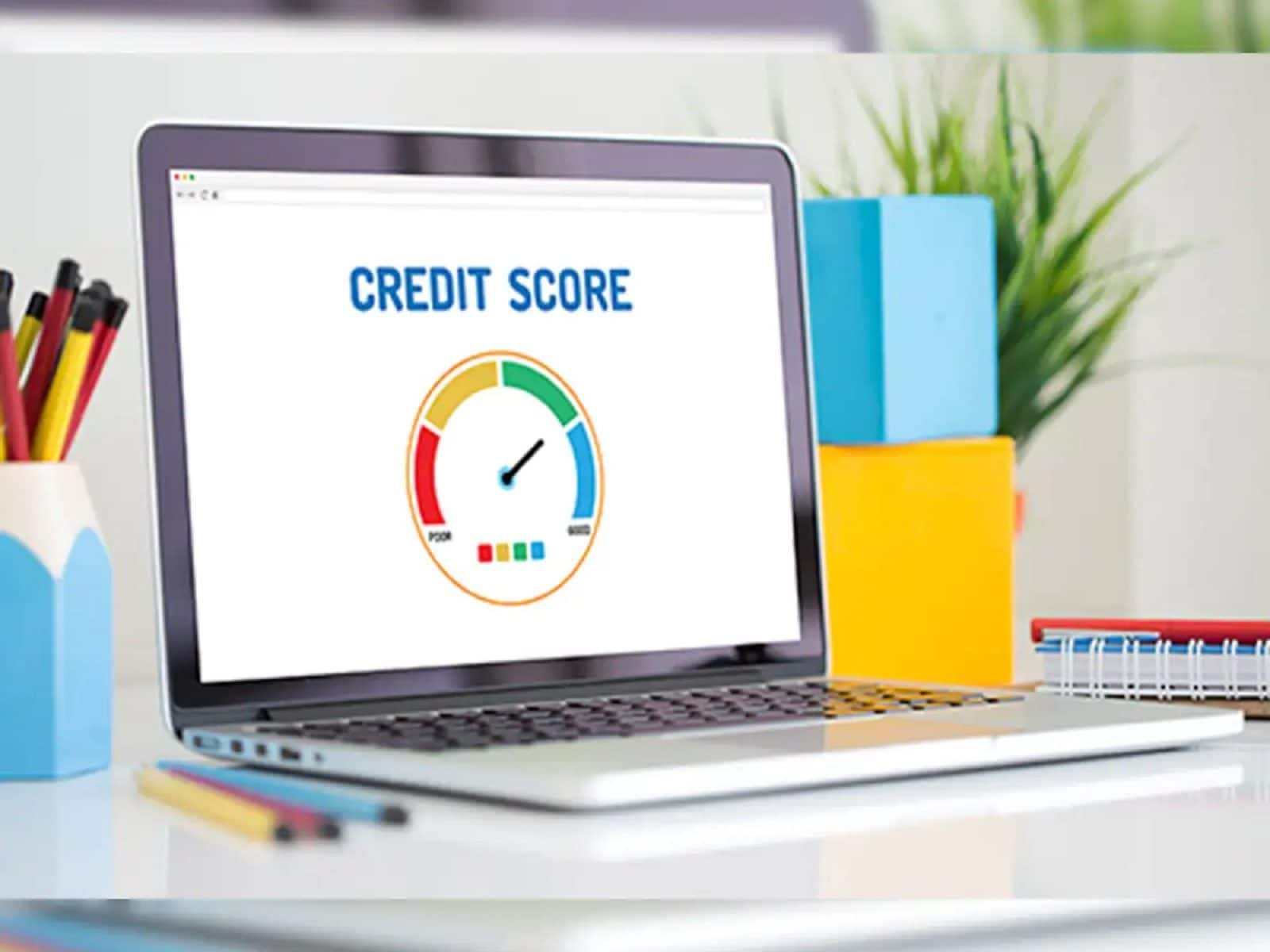
Several factors contribute to your credit score, including your payment history, the amount you owe, the length of your credit history, etc. Despite the fact that, in many cases, there is no quick fix, you can take steps today to Improve credit score.
By following these six steps, you can raise your credit score.
1. Ensure Your Credit Reports are Accurate
Your credit information is collected by three major credit reporting agencies-Experian, TransUnion, and Equifax-from companies where you have open accounts. The list can include banks, credit card companies, retailers, auto and mortgage lenders, and even utility companies. Despite their efforts to collect accurate information, they don’t always succeed. According to a study by the FTC, 26% of participants had a potentially material error on their credit report.
2. Identify Your Risk Factors
When you request your free credit reports from AnnualCreditReport.com, you receive only the report. Your credit scores are not displayed. It can be beneficial to buy a credit report with scores if you want to improve your credit score significantly.
Risk factors included in Experian, TransUnion, and Equifax scores are purchased. Your credit score is based on up to 300 risk factors, so understanding them will help you improve.
3. Pay Your Bills on Time
To improve your credit score, you should make all your payments on time. Always.
FICO credit score is thirty-five percent based on payment history. According to Equifax, even one late payment can result in a 90 to 110-point drop in credit score. If the payment is more than 30 days late, the impact is even greater.
Payments that are late or “delinquent” appear on your credit report for seven years. Even though negative marks have less impact on your overall score over time, they are still significant.
4. Managing Your Credit Utilization
The amount of debt you have also affects your credit score, along with the amount you owe. In the absence of income information, credit reporting agencies rely on a factor called “credit utilization” instead of a debt-to-income ratio. FICO scores are based on credit utilization.
The utilization ratio is the amount of debt outstanding on your revolving credit sources like credit cards and home equity lines compared to the amount of available credit. Have you got a credit card with a limit of $10,000 and a balance of $4,000? In that case, you have a 40% utilization rate. Overall and per credit source, your utilization matters.
Credit utilization should generally be kept below 30%. Conversely, those with the highest scores typically have a utilization rate of 10% or less.
Credit utilization can be controlled by:
- Paying down revolving credit debt, concentrating on cards and lines that are close to their limit
- Asking for an increase in your credit limit if you’re a good customer with a solid payment history
- Paying more than once in a billing cycle may lower the balance that is reported to the agencies


![The 6 Biggest [pii_email_5aefd30a47e124ba7aea] Mistakes You Can Easily Avoid The 6 Biggest [pii_email_5aefd30a47e124ba7aea] Mistakes You Can Easily Avoid](https://emailspedia.com/wp-content/uploads/2022/02/syn-gmail-contact.jpg)
